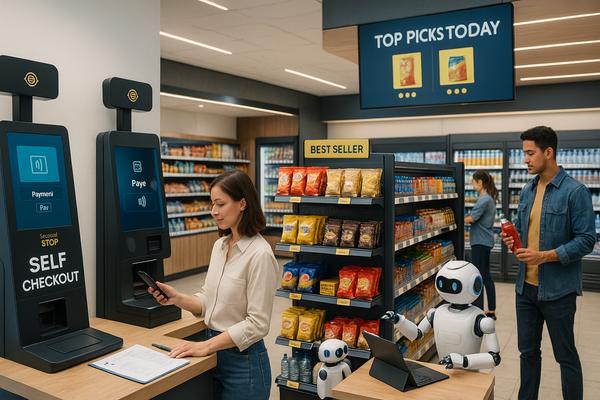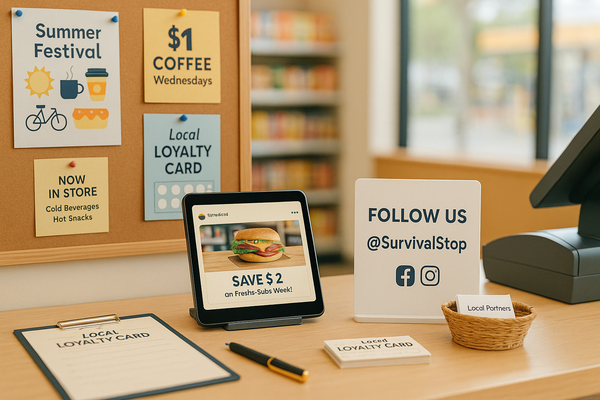
independent owner
Convenience Store Chains with the Highest Market Share in 2025: Who’s Leading the Pack?
7-Eleven dominates with 12,414 U.S. locations representing 8.2% of the 152,255 convenience stores nationwide. Alimentation Couche-Tard operates 5,851 Circle K stores while Casey's holds 2,899 outlets as the largest American-owned chain.











